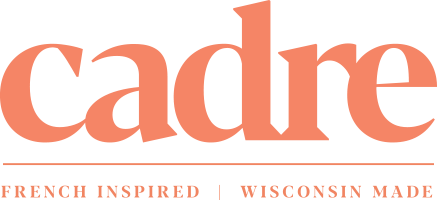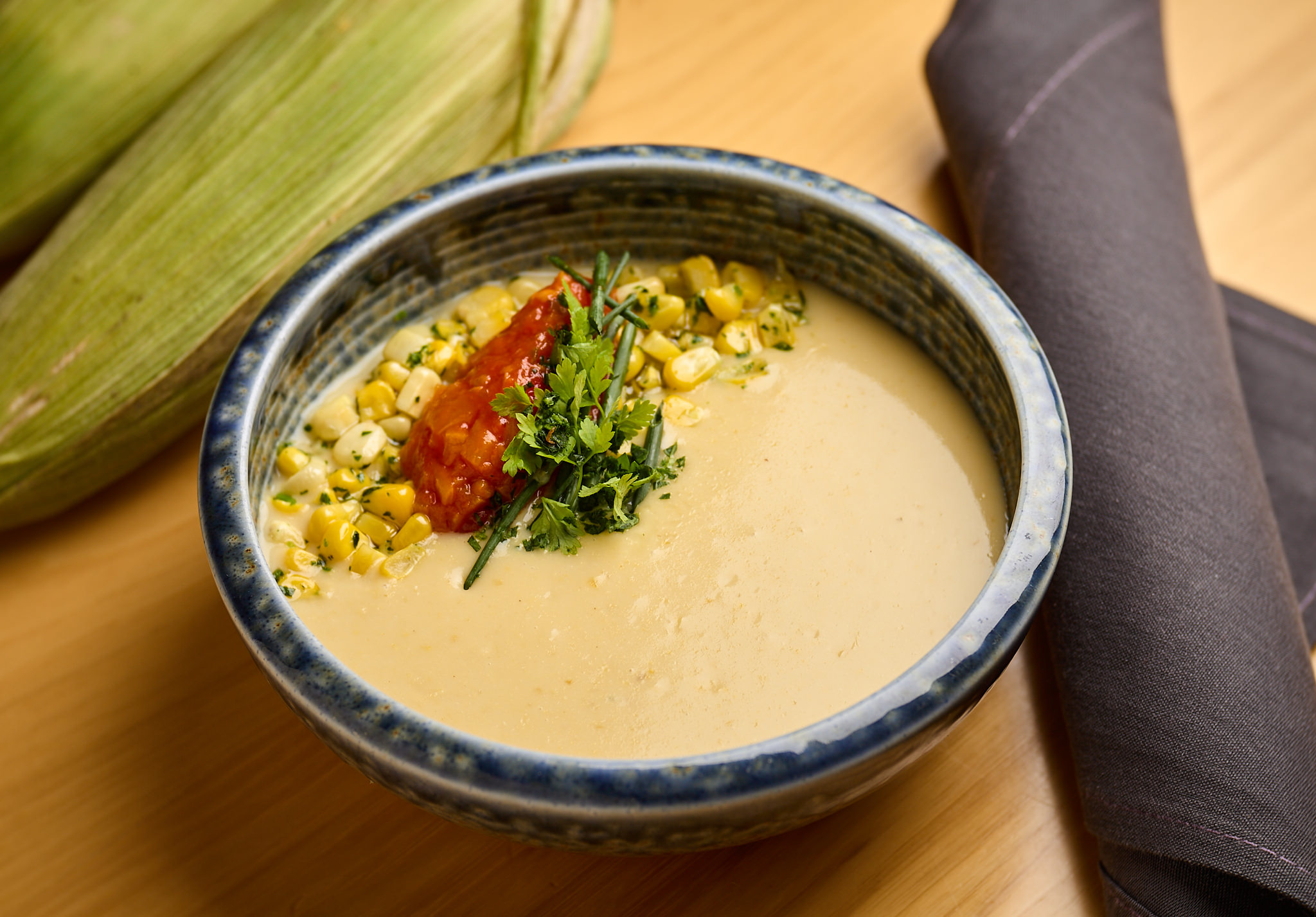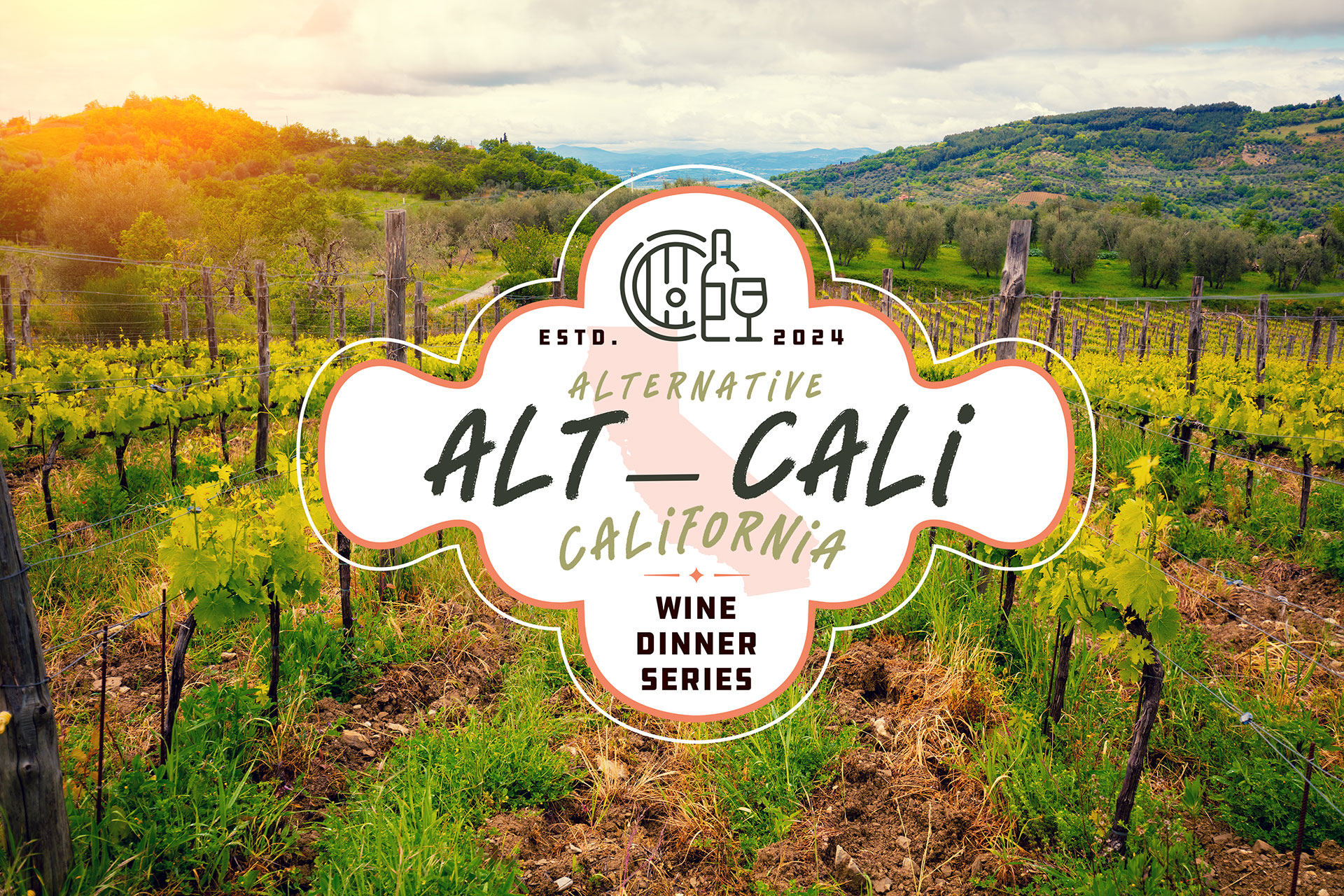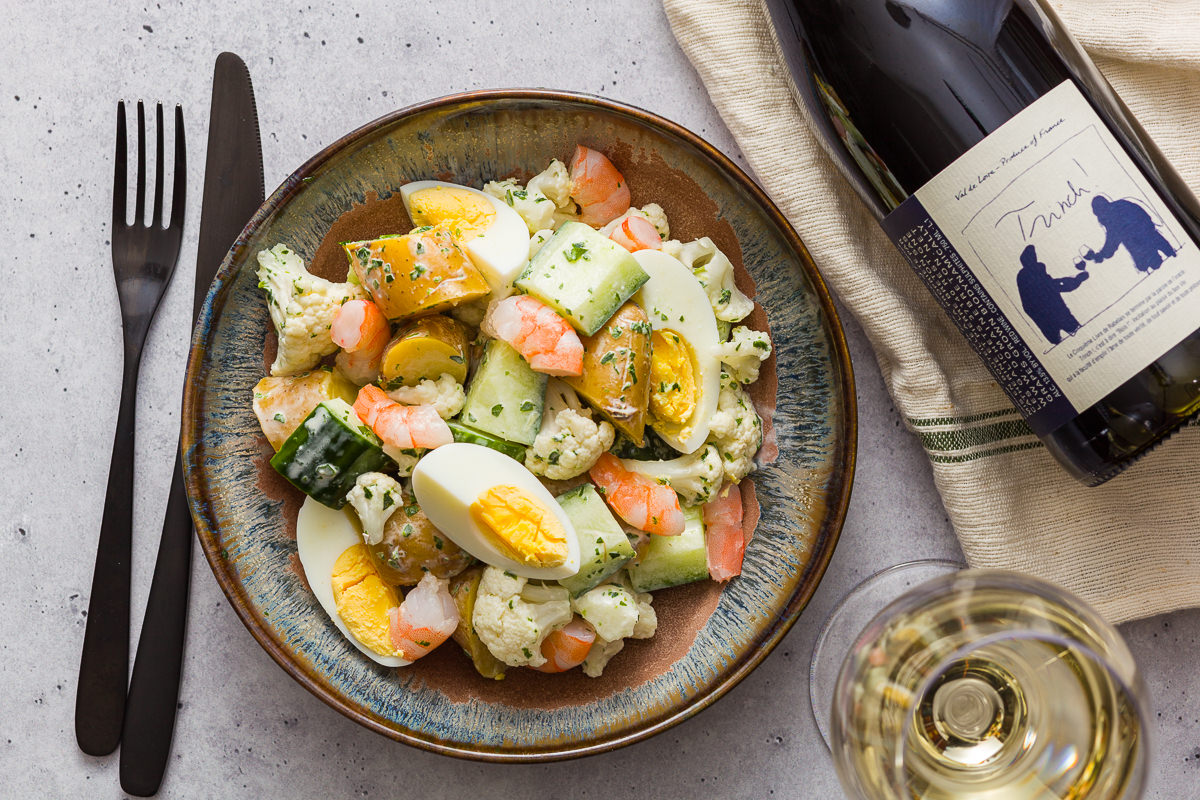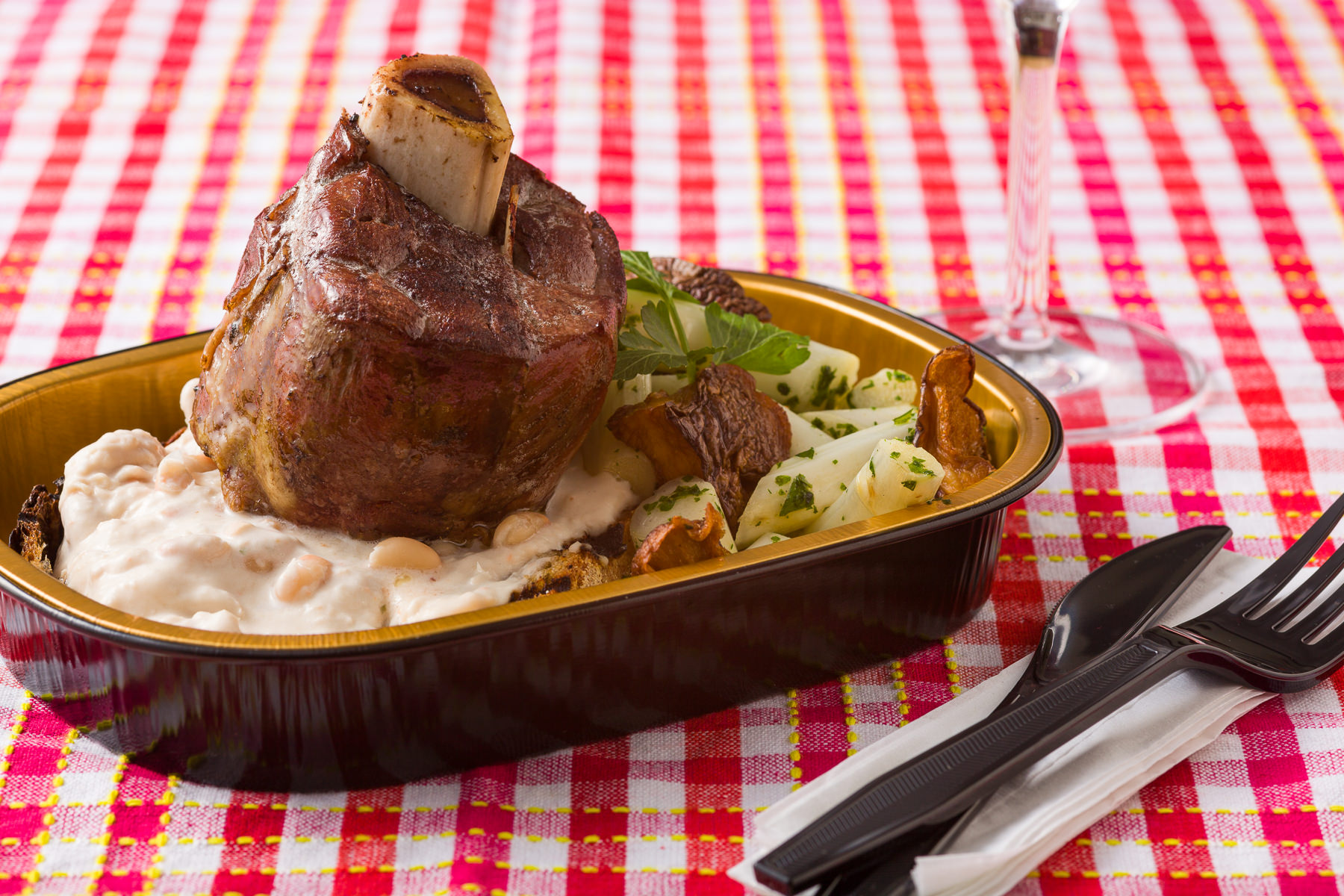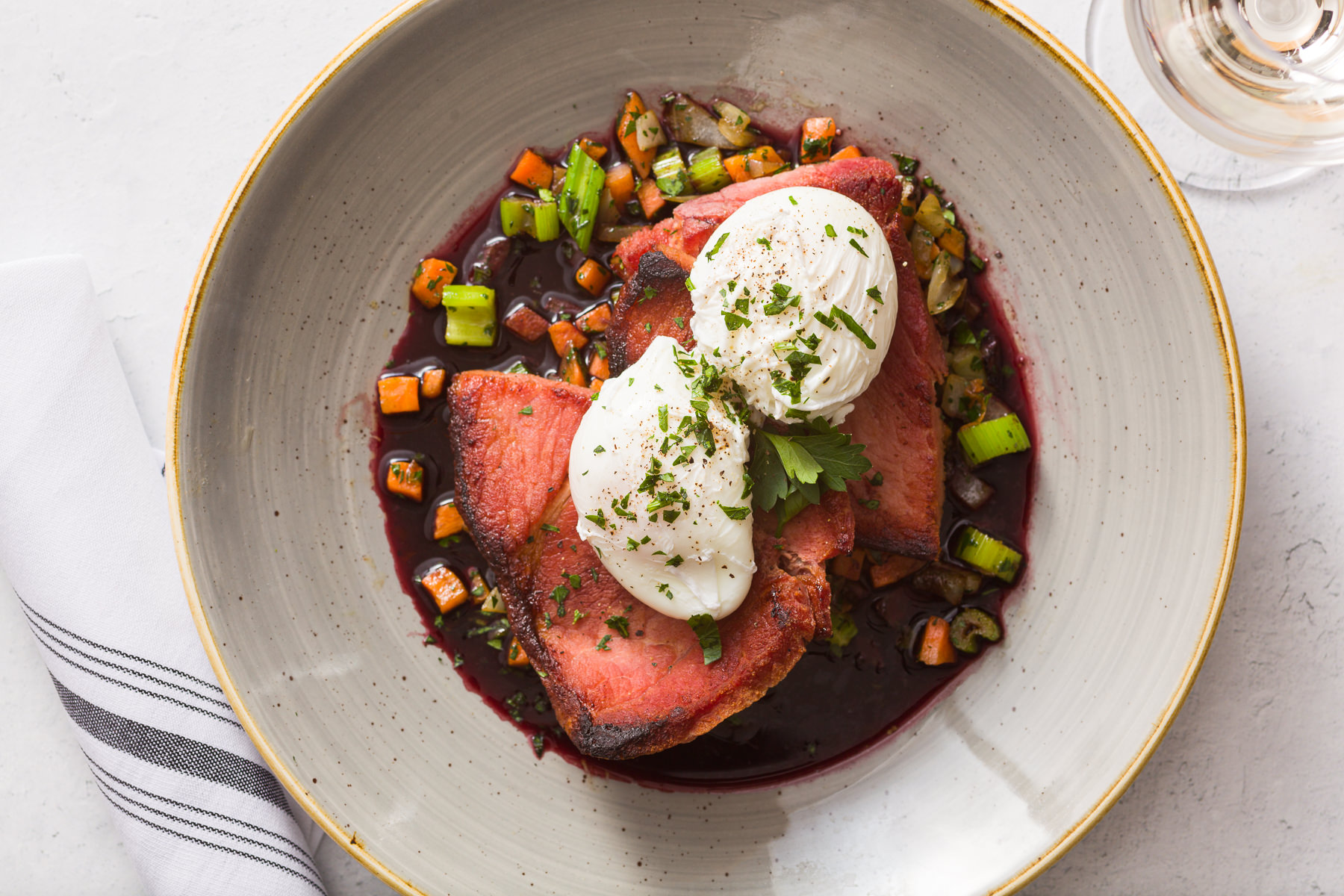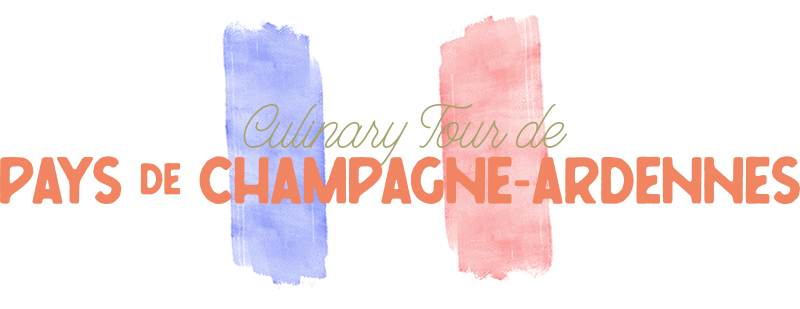
Cadre’s tour of Les Pays de France has now explored Southeastern France, traveling north through Burgundy and Franche-Comté, and for the next two weeks will focus on Le Grand Est along the border with Germany, Luxembourg, and Belgium. Grand Est is divided into two parcels, Alsace-Lorraine to the east and Champagne-Ardennes to the west, our stop this week.
Bordered by Burgundy to the south and Paris, 100 miles to the west. Champagne-Ardennes is a region of contrasts. The Ardennes Forest to its north is a mountainous region on the border with Belgium and Luxembourg that has historically been blue-collar industrial but is now rapidly urbanizing. Champagne proper to the south is a wide chalk plain with intersecting rivers that has been a major crossroads for trade and marching armies since it was occupied by the Greco-Romans.
During the Middle Ages Champagne gained prominence as a region associated with the chivalrous knights of Arthurian legends, months-long cultural festivals, and as the site of coronation ceremonies for French kings. Despite being the northernmost wine region in France with cool, cloudy weather, traders and visiting dignitaries took notice of Champagne’s wines (which were not even sparkling at that time) and waxed lyrical about them in England, Rome, and Spain. Popes and foreign leaders all purchased land in Champagne and planted vines to reserve their share. The export of its wines to England may have even facilitated its transition to sparkling wine, as dosing spoiling still wine to revive it and make it brisk or pétillant became common practice, and traders brought back superior bottling methods with thick glass, corks, and cages. Over time, Champagne became the only wine served to kings and gained its association as a wine for celebration. However, at Cadre, we maintain that Champagne should be drunk every day, even at breakfast.
Although the cuisine of Champagne is most associated with its wines as an ingredient and pairing, cheese and charcuterie from the region are also notable (although rarely exported). Rather, the region’s wealth and access to extensive trade networks allow its haute cuisine to be diverse in luxury ingredients like Lyon, while also retaining a strong element of its provincial past with simple dishes like matelote and wild game-based dishes like pigeon pie.
Foie Gras Butter [Beurre au Foie Gras]
As some of you may have noticed, we have taken quite a joy in making compound butter for the last few Pays menus. One of our frustrations about American dining is the mechanical consumption of poorly made bread and bland butter at dinnertime. Not only is it unhealthy; it’s boring, and one of the cardinal rules of French cooking is that you never miss an opportunity to add flavor. Foie gras, of course, is perhaps the most recognizable flavor in French cuisine. Complex and umami, foie gras must be delicately handled when cooking, and most of the recipes it graces are uncomplicated with very little manipulation. We find that this duck liver foie gras butter elevates a high-quality bread, like that from Madison Sourdough, to the level of a dish rather than an accompaniment. Enjoy with Champagne or Chablis.
Arugula Salad [Salade Champenoise]
Considering the rich ingredients of the other appetizers and main courses, we wanted to add a simple palate-cleansing salad. We love the bitter, peppery flavor of arugula (especially the European variety, rocket). The vinaigrette for this salad also allows us to showcase the simplicity of Champagne as an ingredient that retains its effervescence and complementary notes of green apple and citrus. Finally, we’ve added lemon zest, preserved with salt and vermouth, for complexity.
Oysters Champagne-Style [Huîtres Champenoise]
Over the next few weeks, with Lent approaching, we will be continuing our tour of France to its Atlantic border and featuring more seafood dishes. Before we will travel there, we wanted to make a rich dish that features the inland ingredients of Champagne, poaching the shellfish in aromatic sparkling wine and baking the oysters with a double-cream cow’s milk brie. This style of cheese was invented in the Brie region which historically was part of Champagne, specifically the confluence of the Seine and Marne Rivers. However, like many pays in France, this historic region has been redistricted. Enjoy this dish with a more richly flavored Champagne like Billecart-Salmon Brut Réserve.
Cadre’s Matelote Champenoise
Two weeks ago for Pays de Bourgogne we made Pôchouse Bourguignonne, which as we mentioned, is derived from a classic French fish stew format called a matelote, which uses wine and mirepoix to poach fish. As we have continued our research and planned future menus we have begun to see matelote in various forms all over France, from the Pôchouse [Bourgogne Aligoté] to Matelote à la Normande [Cider], and even reconsidered the Bouillabaisse [Pernod]. Each rely on their own local beer, wine, or spirit to flavor the dish, with added local produce and embellishments. Being that this year was a bumper crop for tomatoes and we were able to preserve much of this crop, we decided to make our own riff on Matelote Champenoise by adding a tomato broth and heartier regional vegetables like potato, as well as substituting the thickening roux for rouille made with red pepper and saffron à la Bouillabaisse.
Pigeon Pie
Squab (a culinary term for young pigeons) is the namesake ingredient for this classic dish. However, squab doesn’t enjoy the status and availability as a staple food in the US, as it does in many other countries. Elsewhere it is raised in a sort of semi-domesticated way, often by creating an open coop that acts as a natural habitat for the bird. This suits its sensitive needs, which include access to large amounts of high-quality feed and minimal nest disturbance. These primitive, low-yield methods unfortunately have not been adapted to the modern poultry industry so squab remains a rare and expensive delicacy. Thankfully, MacFarlane Pheasant Farm in Rock County, Wisconsin has successfully raised thousands of pheasants for game farms in the United States since the 1920s and we were able to make a local substitution for this meat pie, combining whole roasted pheasant with pork belly sourced from Enos Farms in Spring Green, local Lion’s Mane mushrooms from Vitruvian Farms in McFarland, and a foraged wild mushroom blend including morels to make a game-focused meat pie inspired by the northern Ardennes Forest.
Almond Dacquoise
Finally, for dessert, we made a dacquoise cake with almonds and layers of whipped mascarpone cremeux. This cake is served baba style with a reduced champagne syrup poured over the top that complements the flavors of its garnish, sliced green grapes.
